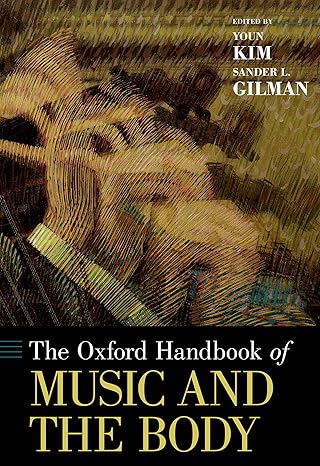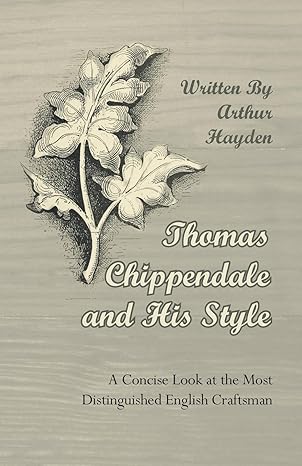Many artists and scientists – including Buffon, Goethe, and Philipp Otto Runge – who observed the vividly coloured shadows that appear outdoors around dawn and dusk, or indoors when a candle burns under waning daylight, chose to describe their colours as ‘beautiful’.
Paul Smith explains what makes these ephemeral effects worthy of such appreciation – or how depictions of coloured shadows have genuine aesthetic and epistemological significance. This multidisciplinary book synthesises methodologies drawn from art history (close pictorial analysis), psychology and neuroscience (theories of colour constancy), history of science (the changing paradigms used to explain coloured shadows), and philosophy (theories of perception and aesthetic value drawn from Wittgenstein and Merleau-Ponty).
This title will be of interest to scholars in art history, art theory, and the history of science and technology.
چکیده فارسی
بسیاری از هنرمندان و دانشمندان - از جمله بوفون، گوته و فیلیپ اتو رانژ - که سایههای رنگارنگی را که در بیرون از منزل در حوالی سحر و غروب ظاهر میشوند، یا در داخل خانه هنگامی که شمع زیر نور روز میسوزد، مشاهده کردند، ترجیح دادند رنگهای خود را زیبا توصیف کنند. '.
پل اسمیت توضیح میدهد که چه چیزی این جلوههای زودگذر را شایسته چنین قدردانی میکند - یا اینکه چگونه تصاویر سایههای رنگی دارای اهمیت زیباییشناختی و معرفتشناختی واقعی هستند. این کتاب چند رشتهای روششناسی برگرفته از تاریخ هنر (تحلیل تصویری نزدیک)، روانشناسی و علوم اعصاب (نظریههای ثبات رنگ)، تاریخ علم (پارادایمهای در حال تغییر که برای توضیح سایههای رنگی استفاده میشوند) و فلسفه (نظریههای ادراک و ارزش زیباییشناختی برگرفته از آن) را ترکیب میکند. ویتگنشتاین و مرلوپونتی).
این عنوان برای محققان تاریخ هنر، نظریه هنر، و تاریخ علم و فناوری جالب خواهد بود.
ادامه ...
بستن ...










